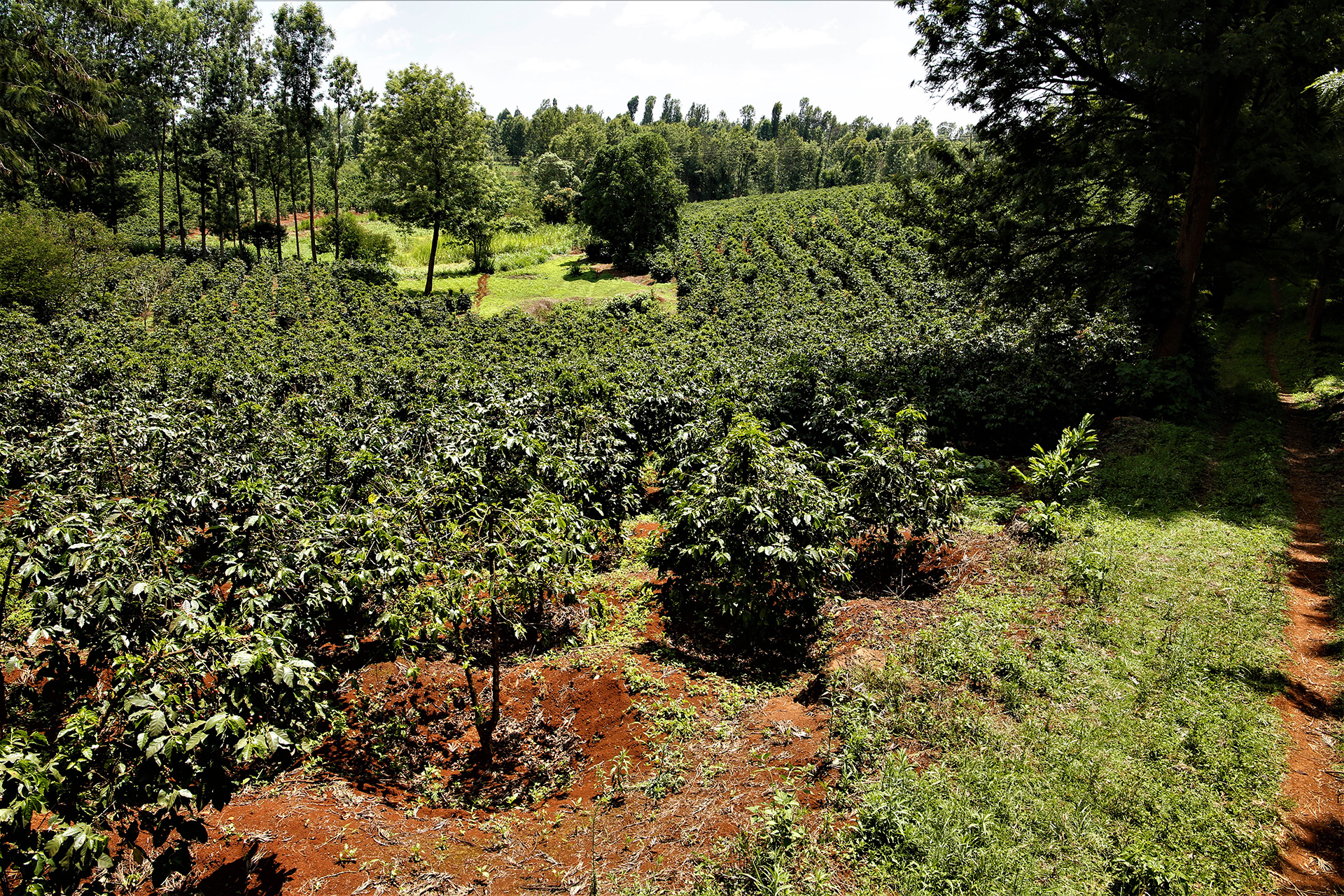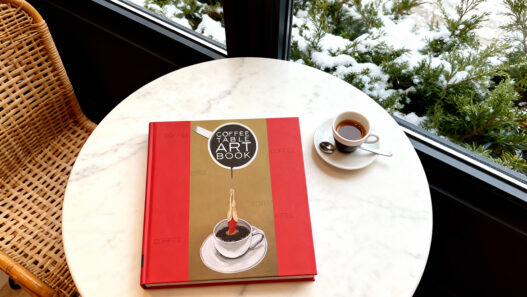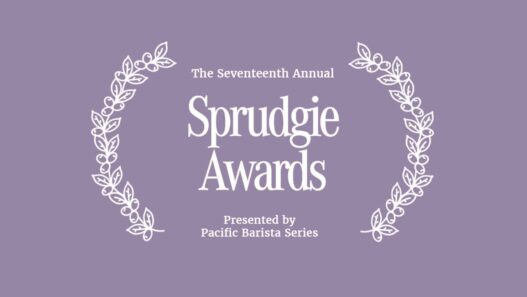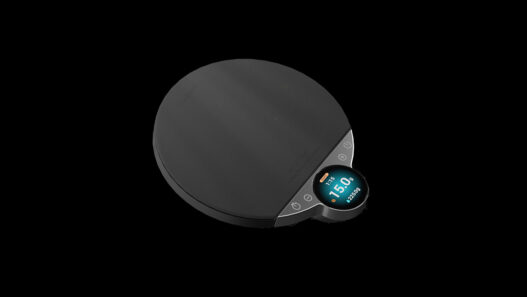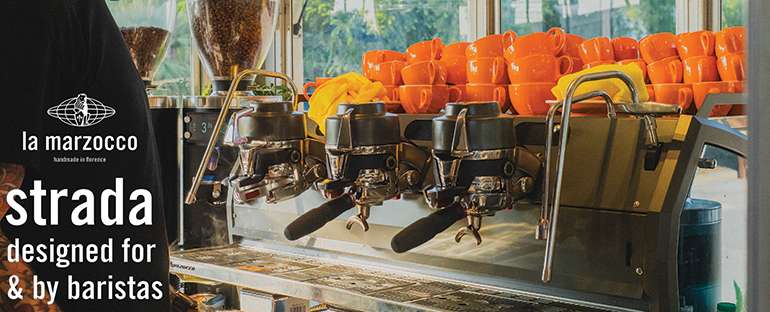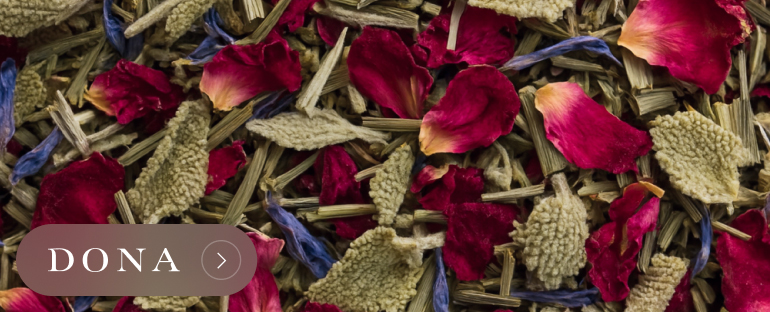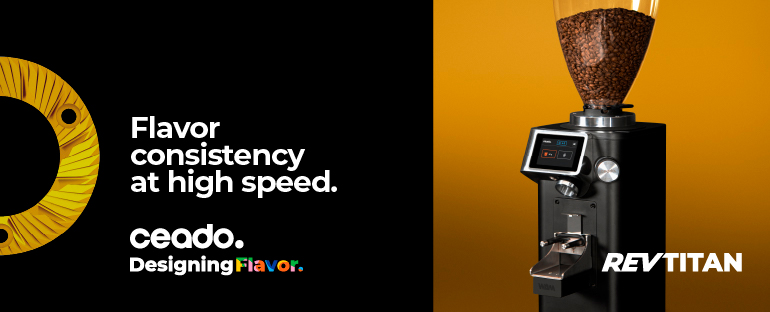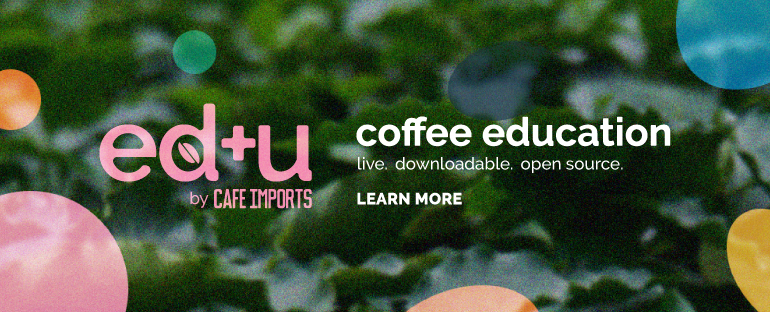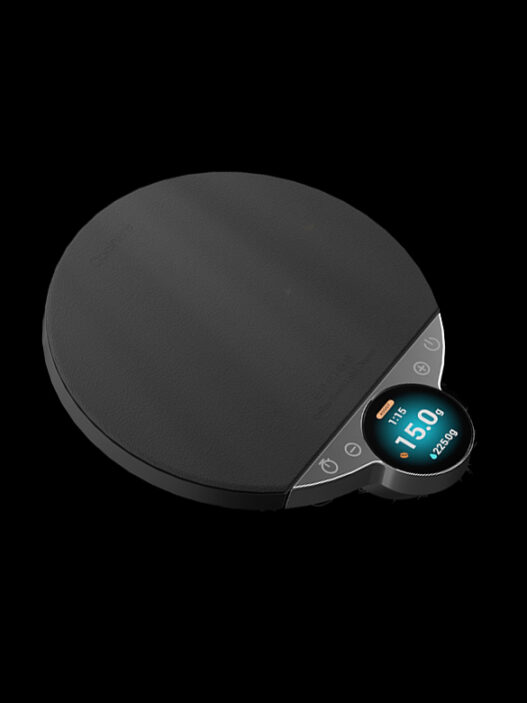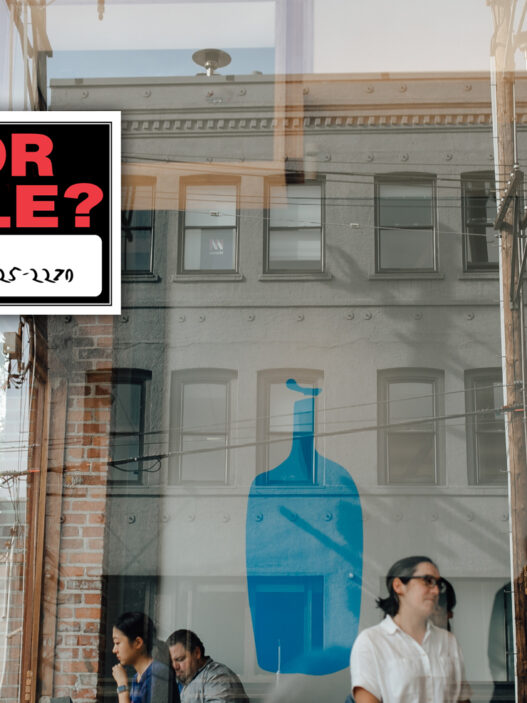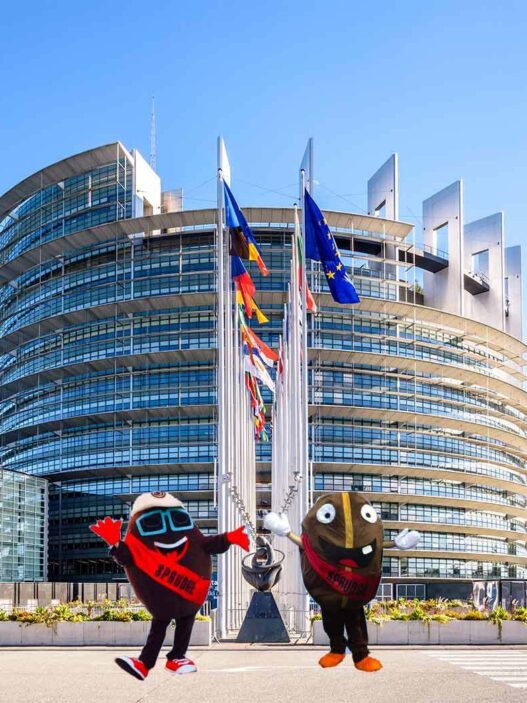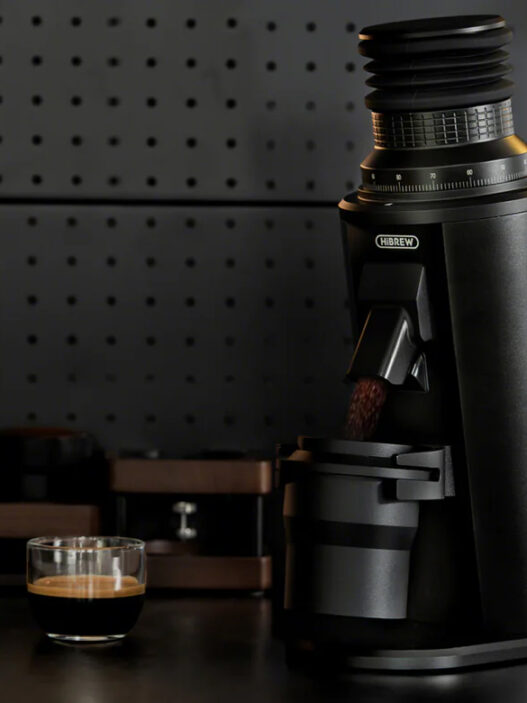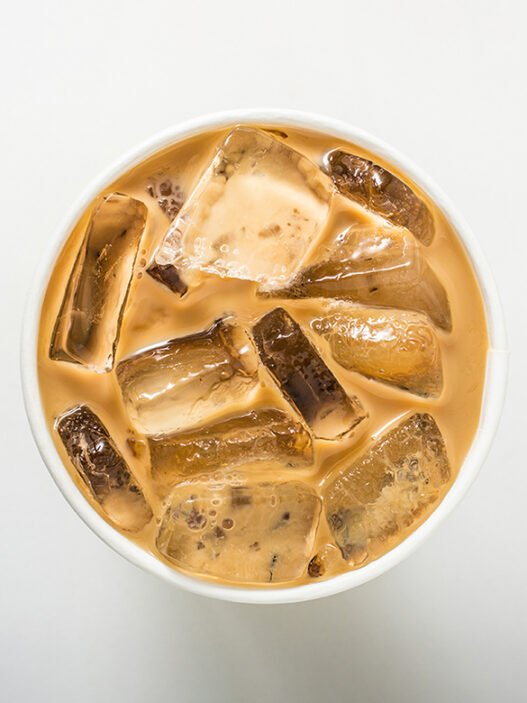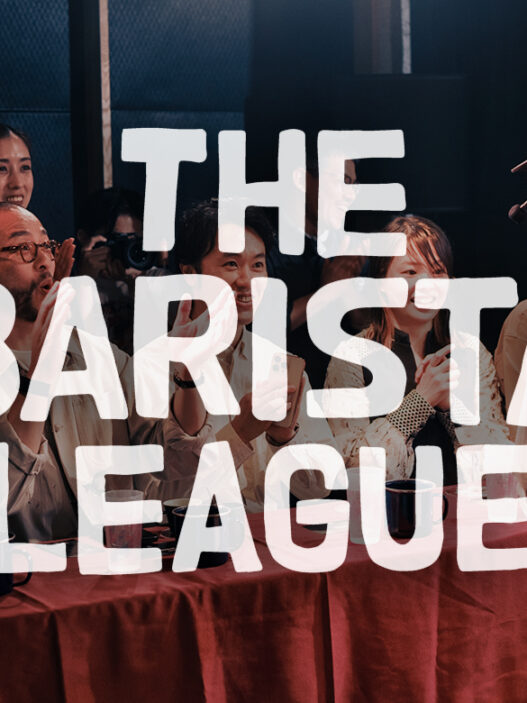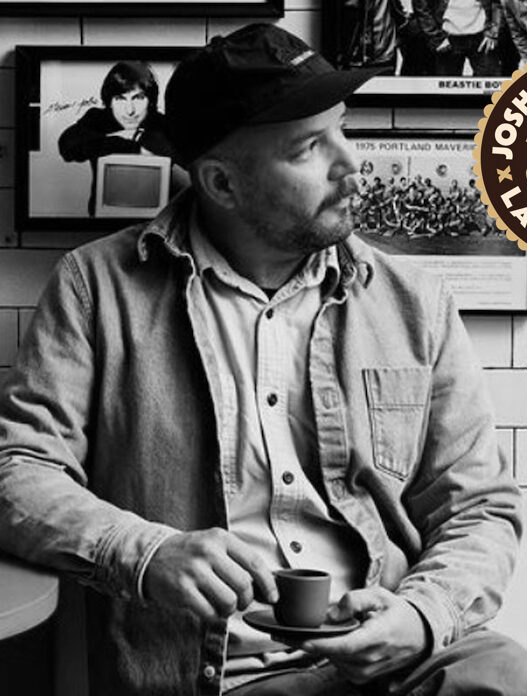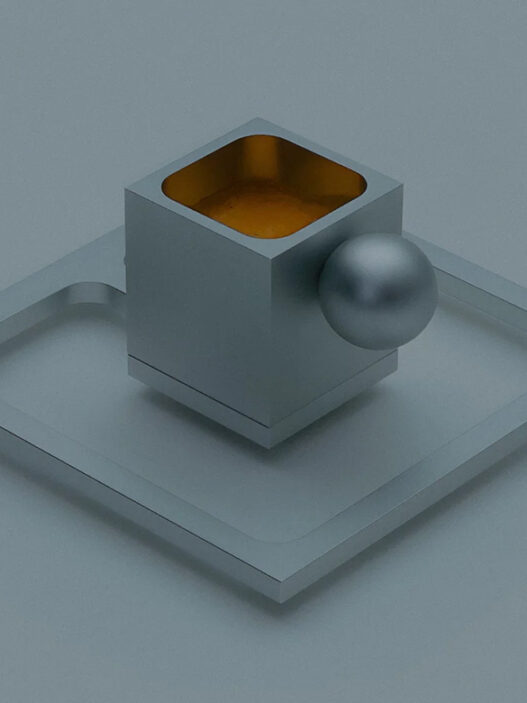Anyone who makes manual brew coffee with any regularity has their own unique way of pouring. For me, I go by sound. I’m looking for a fluid, vertical stream of water that doesn’t silently flow into brew bed, which means I have to pour from a slightly elevated height. Not too high that the splash gets violent, but enough for the contact to be audible. I can’t tell you why—I have my theories—but that’s just where the coffee tastes the best to me.
According to science, though, there is an ideal way to pour when making coffee. Except that they maybe forgot about one key component: flavor.
Recently published in the journal Physics of Fluids, researchers from the University of Pennsylvania sought to examine how applying water coffee affects the outcome using fluid dynamics. But since coffee is opaque and thus making it near impossible to directly observe the flow dynamics, the researchers first applied water to transparent silica gel in a glass cone. Using a laser sheet and a high-speed camera, they were able to observe the “miniature avalanches” that take place during pouring. From this, they were able to conclude that pouring water from a greater height was better because “it creates a stronger mixing effect.” Or what is commonly referred to in coffee circles as “agitation”. The other key factor in pouring was to maintain a “laminar, or smooth and nonturbulent flow.”
Researchers then tested the pouring technique on coffee, where they measured overall extraction to determine efficacy. They found that pouring from a greater height, with a laminar flow, increased the brew’s total extraction percentage. But this is where the research begins to err.
The researchers then posit that this pouring allows for individuals to get the same extraction percentage while using less coffee, which is backed by their findings. Their conclusion then, is that this method will essentially allow you to make the same quality cup of coffee more efficiently, ie with less coffee.
But here’s the potential flaw in the argument: not all extraction percentages are created equal. A good cup of coffee doesn’t just come down to hitting a TDS number. This is due to the different rates at which compounds in coffee are extracted. Generally speaking, acids extract first, then compounds associated with sweetness, then bitterness. The ratio of three groups in the TDS is just as important as the overall TDS itself. And so by merely shooting for a number—especially using less coffee to get there—you’re most likely ending up with a lot more of those bitter compounds throwing the balance all out of whack. Which is to say, not the same cup of coffee in terms of quality as posited.
And indeed, if there was anything like a sensory analysis done of the low dose versus higher dose coffees, it was not included in the findings. Which alludes to the researchers putting the cart before the horse, ie prioritizing TDS over flavor. To put it in sports terms, it would be like if an NBA team learned they win every game where they take 40 three pointers so they start chucking up shots from half court. Context matters.
Assuming a reasonable breakdown of the different types of compounds, TDS is a good, formal way to assess how well a coffee was brewed. But as the end all be all, it falls short. Otherwise we’d be trying to extract coffee as close to 100% as possible. The reason we don’t? Because it would taste terrible. Turns out there is a reason for the more or less standardized brew ratios and why folks are judicious with the amount of agitation they apply.
Still, there is utility to their findings. If you’re coffee tasted sour and underextracted, for instance, but you’re using an acceptable amount of coffee, maybe a higher pour could be one of the tools at your disposal to help correct it.
The moral of the story here is: numbers are beneficial when in comes to coffee brewing, but they are far from the most important part. Flavor is.
Zac Cadwalader is the managing editor at Sprudge Media Network and a staff writer based in Dallas. Read more Zac Cadwalader on Sprudge.

